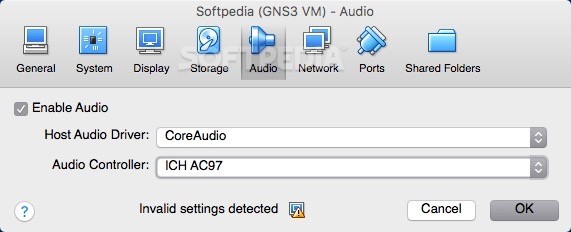
For VMWare, go to the troubleshooting forum, where you’ll find a wealth of things to try if a VM isn’t performing as you expect still, many of the tips there will, once again, apply to VirtualBox and Parallels as well.
#Virtualbox vm for mac mac os x
Select the Mac OS X option in the Type section and the version of the Mac OS VM to be installed in the Version section and click the Next button. In the Create Virtual Machine window, type the name of the macOS system in Name section. Look out for platform-specific tweaks, though. Open VirtualBox software and click the New button to create a new VM for MacOS. It’s written for Parallels Desktop, but much of it you can adapt to VirtualBox or VMWare. need to run VMs with software virtualization, as this has been discontinued in 6.1. Next, follow the walkthrough opposite to optimise your VM, test its performance and then tweak further if necessary. Here you will find links to VirtualBox binaries and its source code. From there: Highlight the Linux virtual intallation on the main VirtualBox screen. To do so, you must first exit the Linux installation.
#Virtualbox vm for mac install
Try MacOS on your Windows PC, or install Windows apps on your Mac PC. This will also help maximise performance. Depending on your Mac version and age, you may need to adjust the VirtualBox settings for Linux to make the window bigger. Most Popular Desktop Operating Systems The three most popular types of operating systems for personal and business computing include Linux, Windows and Mac. VirtualBox is a free virtualization program that allows you to run any OS on your computer by downloading a virtual machine. So I have a MacBook Pro running macOS Sierra (10.12) and I wanted to run a virtual machine (VM) of macOS High Sierra to try out the new operating system. Next, make sure you install the dedicated hardware drivers for your VM’s operating system, if you haven’t already – that means installing Parallels Tools, VMWare Tools or VirtualBox Additions (If you use VirtualBox, you should also download and install the VirtualBox Extension Pack from its website to add USB 2.0 and USB 3 support).

By default, this machine folder is located in a common folder called VirtualBox VMs, which Oracle VM VirtualBox creates in the current system users home directory. vbox file extension, and its disk images.

Open your virtualisation tool and make sure it’s fully up to date – all three of the virtualisation tools we’ve mentioned are frequently updated to fix bugs and improve overall performance. By default, each virtual machine has a directory on your host computer where all the files of that machine are stored: the XML settings file, with a. VMWare Fusion adopts a similar configuration tool to that employed by Parallels Desktop Get optimising


 0 kommentar(er)
0 kommentar(er)
